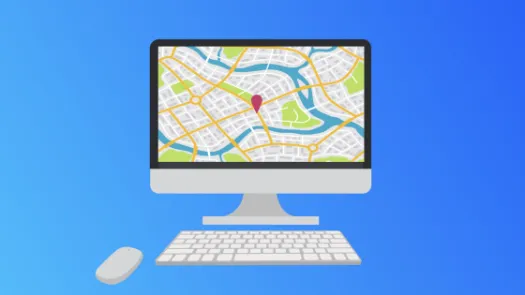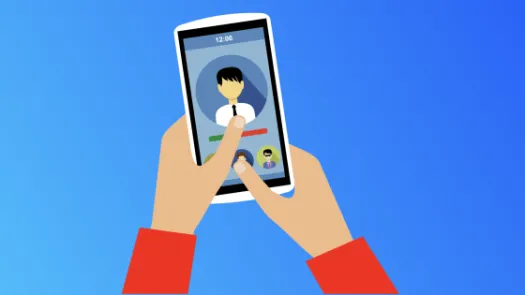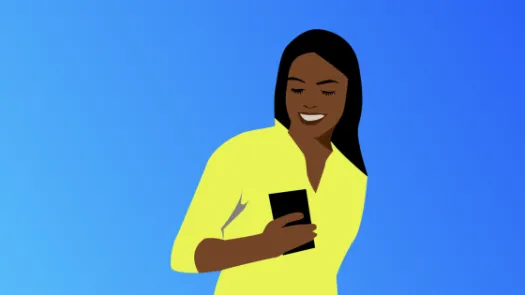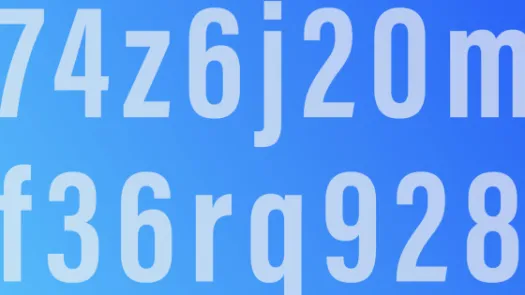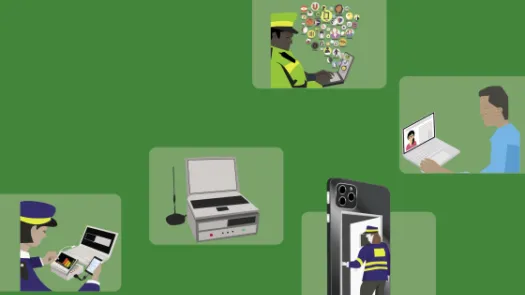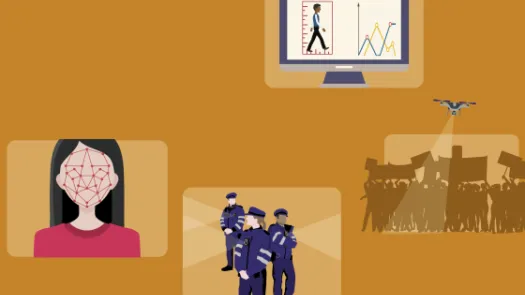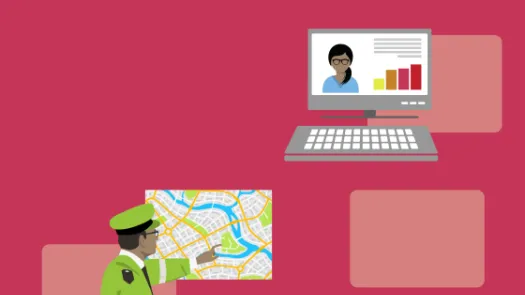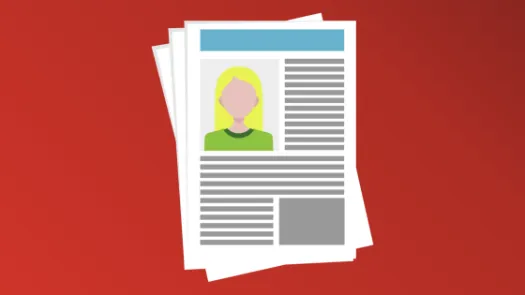
A guide to protect your devices against surveillance at protests

If you go to a protest, the police have a range of methods of tracking and identifying you through your phone, and they can potentially even access data on your phone remotely.
This section of the 'Free to Protest' guide focuses on a range of ways you can make your phone more secure when you go to a protest. But to be clear, there is no guaranteed way of protecting your device from police surveillance, just methods and strategies to reduce risk.
You can visit the separate 'Police surveillance of your devices' section of the 'Free to Protest' guide to learn about the specific technologies and capabilities that the police can use to surveil you through your phone or your data, such as hacking, mobile phone extraction, IMSI catchers, Cloud extraction, and social media monitoring.
